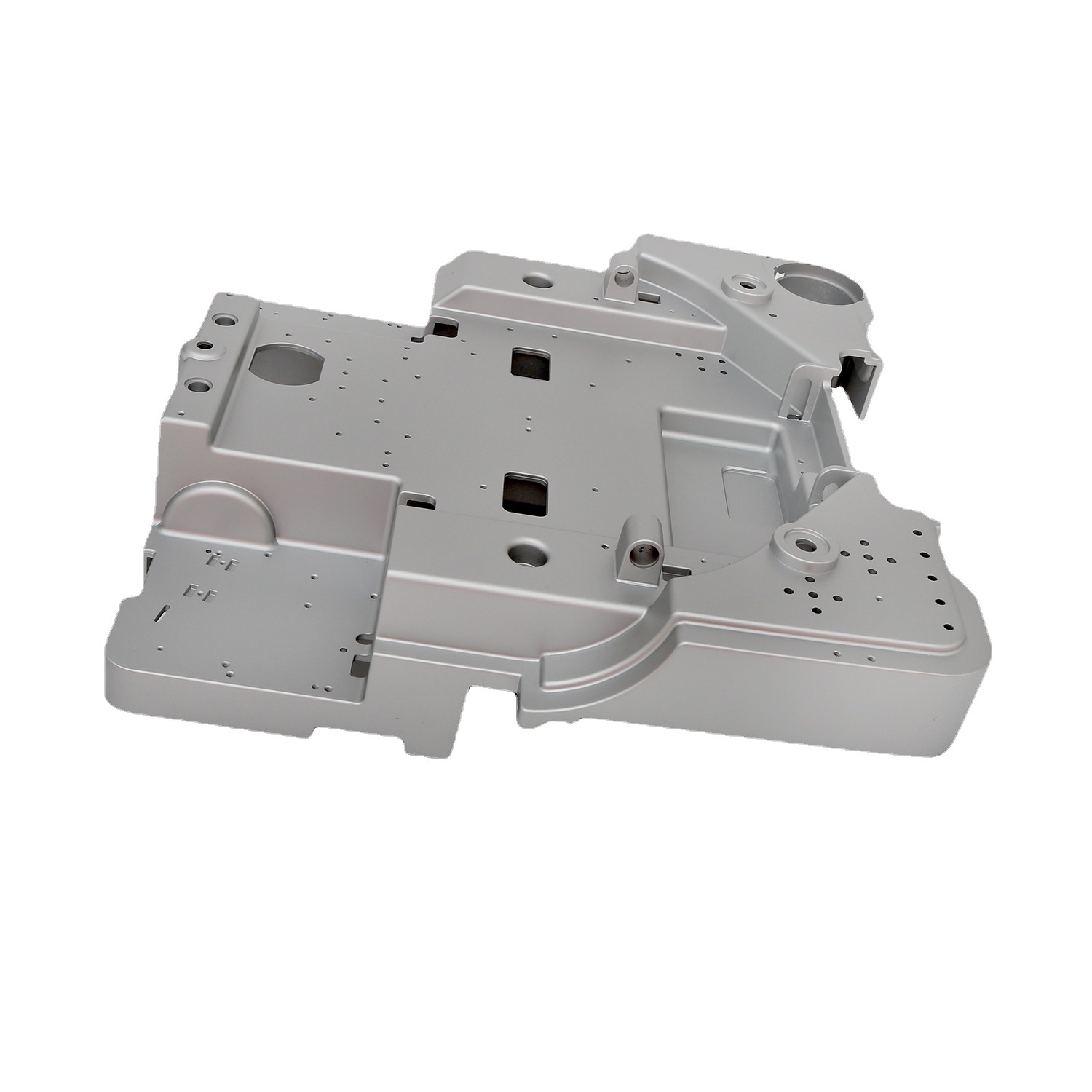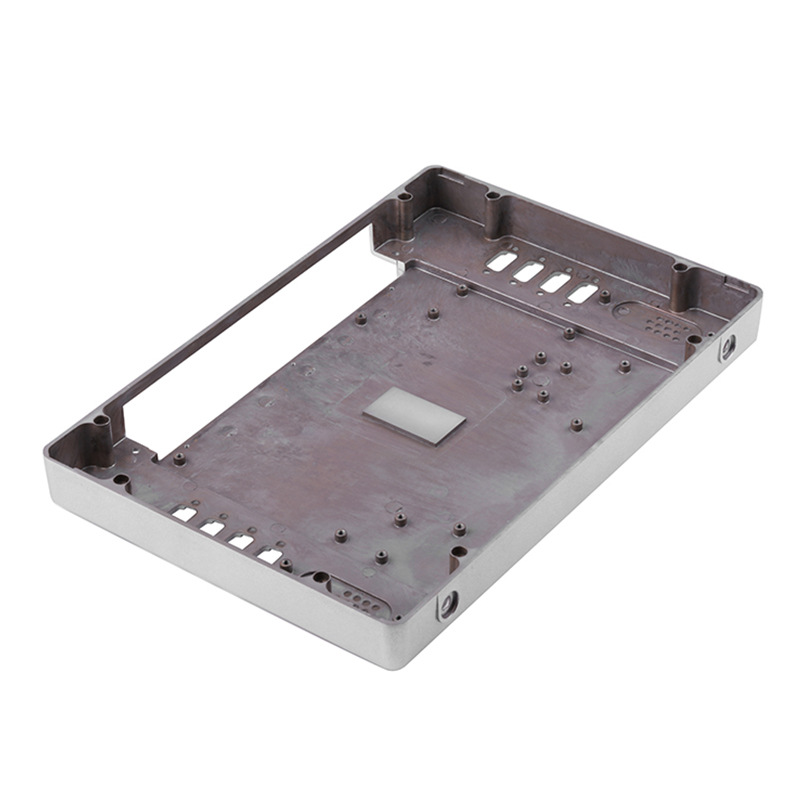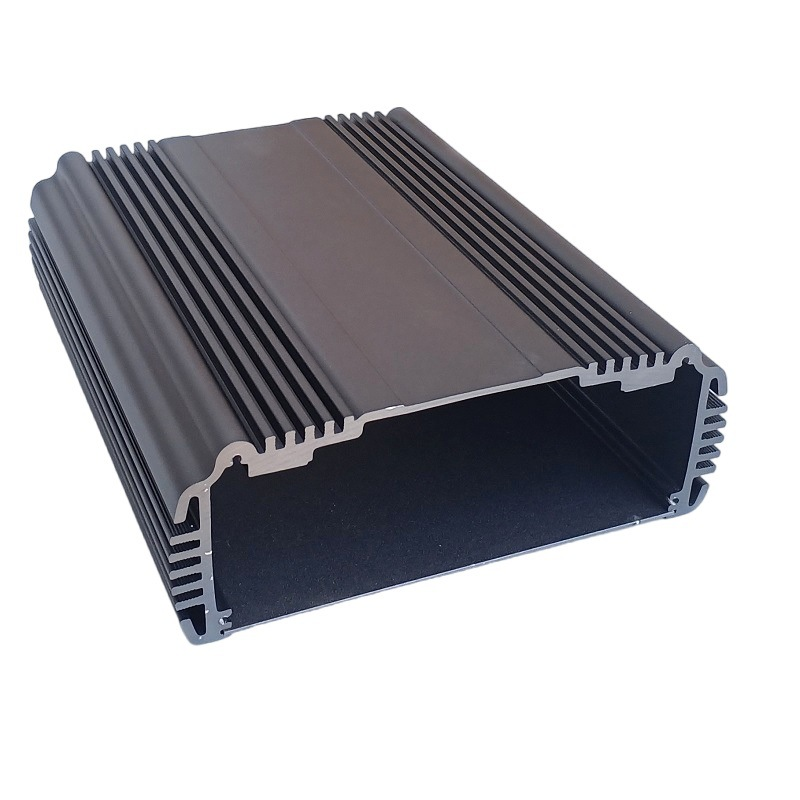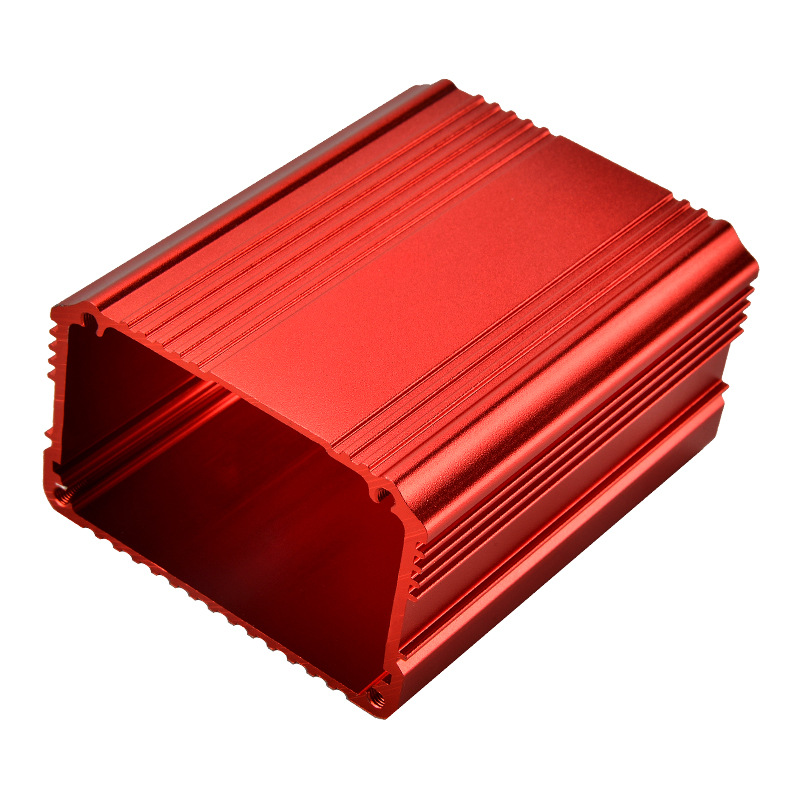For engineers, purchasers, and business owners, CNC machining is a reliable way to get precision parts. But when you request a quote, the price can vary wildly.
What exactly are you paying for? Is there a way to lower the cost without sacrificing quality?
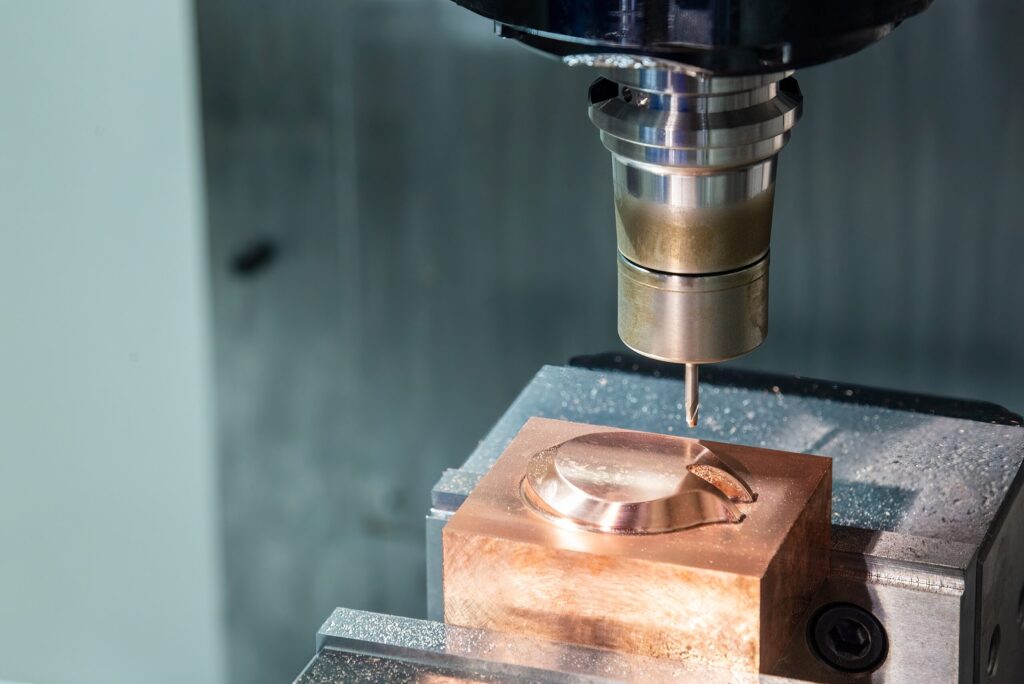
Generally, CNC machining costs are affected by material type, part complexity, machine setup time, machining duration, labor rates, and post-processing needs.
Each of these factors adds to the total price, and even small changes—like switching to a harder material or requiring tighter tolerances—can lead to noticeable cost increases.
Now, this guide answers these questions and more. You’ll learn what affects CNC pricing, how to estimate costs, and—most importantly—what practical steps you can take to optimize spending while keeping your manufacturing goals on track.
-
Table Of Contents
-
1. What Really Drives CNC Machining Costs and How Can You Save Money?
-
2. What Are the Main Factors That Affect CNC Machining Costs?
-
3. Why Does CNC Machining Feel So Expensive?
-
4. Is CNC Cutting Always Expensive?
-
5. How Much Does It Cost to Run a CNC Machine?
-
6. Cost-Saving Tips for CNC Machining
-
7. What If I Only Need a Prototype or a Small Batch?
-
8. Summary
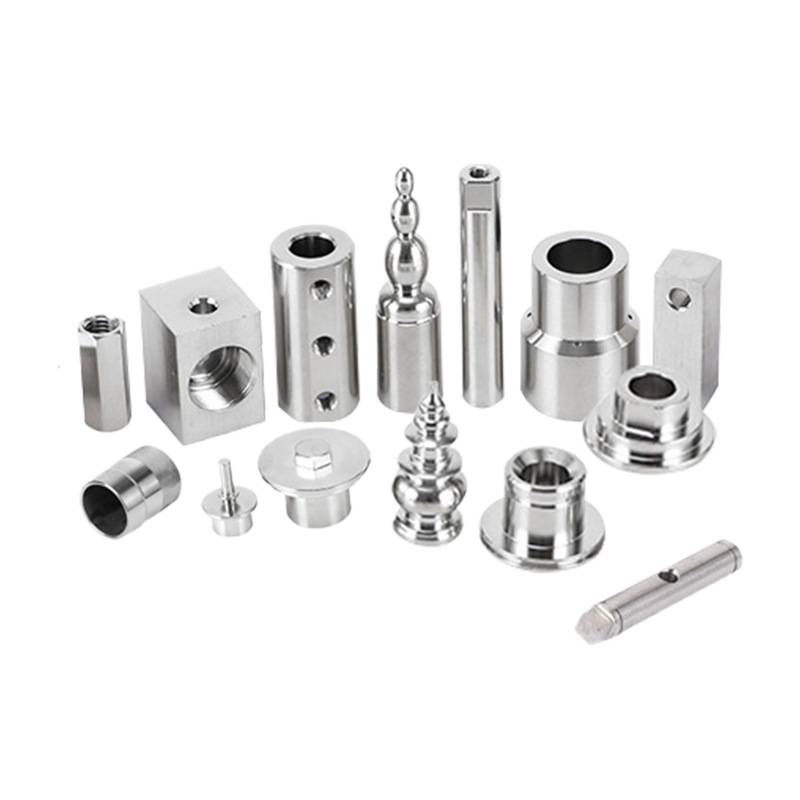
What Are the Main Factors That Affect CNC Machining Costs?
CNC machining costs are shaped by several key variables:
• Material type and size
• Part complexity and geometry
• Machine setup time and tool requirements
• Hourly machine rate and machining time
• Labor, quality control, and post-processing
• Overhead and profit margins
Let’s break each of these down so you can see where your money is going—and where you might trim costs without sacrificing results.
1. Material Selection:
Not all materials are created equal when it comes to machinability.
Softer materials like aluminum are easier and faster to cut than harder metals like stainless steel or titanium, which wear tools down more quickly and demand more precise control.
Material | Approx. Price Impact |
Aluminum | Low cost, fast machining |
Stainless Steel | Medium cost, harder to machine |
Titanium | High cost, wears tools quickly |
Plastics (e.g. ABS) | Low cost, but lower mechanical strength |
Example: A small aluminum part might cost $60, but the same part in titanium could be $500+ due to tool wear and machining time.
Tip: Choose the lowest-cost material that meets performance requirements. Don’t overengineer.
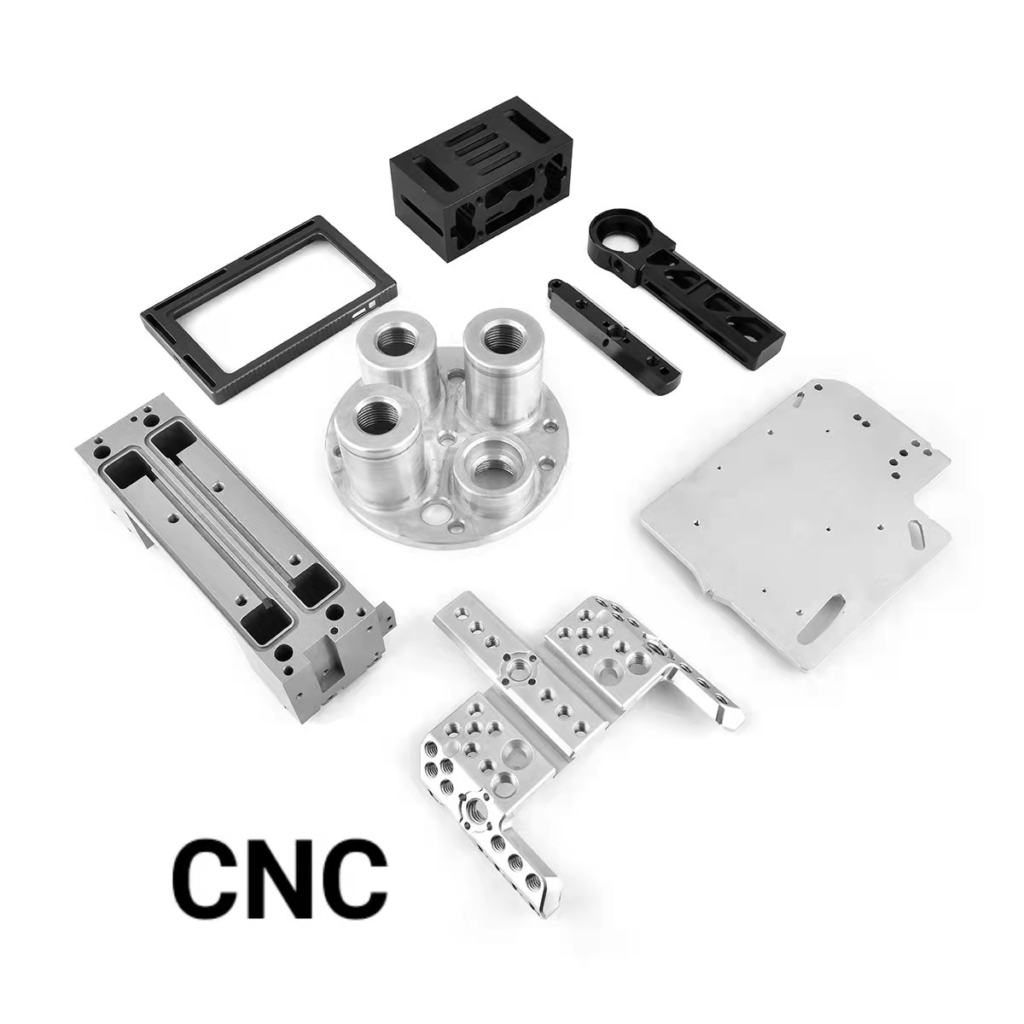
2. Machine Setup:
Every new CNC job starts with preparation:
• Writing G-code (via CAD/CAM programming)
• Selecting and installing tools
• Calibrating the machine
• Preparing workholding fixtures
Setup costs typically range from $100 to $1000+, depending on part complexity.
Example: A simple bracket might cost $150 to set up. A complex aerospace part with multi-tool paths could hit $1200.
Tip: Batch production reduces setup cost per unit—more parts = better value.
3. Hourly Machine Rate:
The machine’s hourly rate depends on:
• Machine type (3-axis vs. 5-axis vs. EDM)
• Complexity of operations
• Machining duration
Machine Type | Hourly Rate (USD) |
3-Axis CNC Mill | $50–$100 |
5-Axis CNC Mill | $75–$150 |
CNC Lathe | $60–$120 |
Wire EDM | $100–$250 |
Example: A 2-hour job on a 5-axis mill at $120/hr costs $240 in machine time alone.
Tip: Streamlining the design to reduce tool changes or setups can cut machining time significantly.
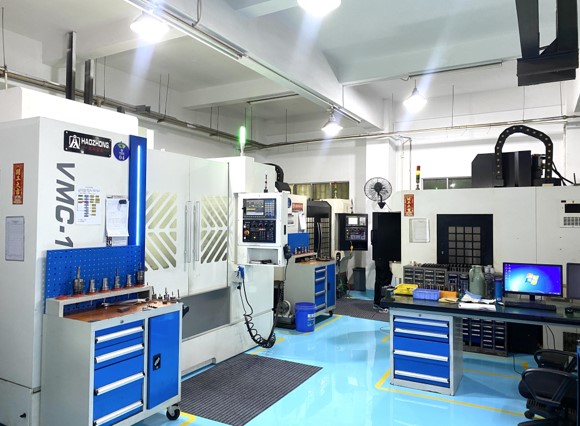
4. Labor & Overhead:
Labor costs include machine operators, engineers, and programmers.
Skilled labor is essential for:
• Programming the CNC machine.
• Supervising the machining process.
• Conducting quality control and inspections.
Overhead costs include:
• Facility Rent: Manufacturing spaces can be costly.
• Electricity Costs: CNC machines consume 5-15 kWh per hour.
• Maintenance & Repairs: Routine maintenance is necessary to keep machines running efficiently.
Tip: Some shops offer volume discounts if you commit to recurring orders or long-term cooperation.
5. Post-Processing:
Your CNC part may need finishing treatments:
• Deburring & Polishing – $2–$10 per part
• Anodizing (aluminum) – $5–$15
• Powder Coating – $10–$25
• Heat Treatment – $20–$100+ for certain metals
Example: Anodizing adds corrosion resistance but also increases unit cost and lead time.
Tip: Ask whether finishing is really necessary. For some parts, raw finish may suffice.

Why Does CNC Machining Feel So Expensive?
The precision you’re paying for isn’t just about tight tolerances—it’s about reliability, skilled labor, and advanced technology.
Here’s why costs stay high:
1. High-precision tools and machines require constant calibration
2. Skilled labor is limited—programmers and operators are in high demand
3. Tool wear and part rejects lead to additional costs
4. Energy usage: CNC machines consume 5–15 kWh/hour
Tip: CNC isn’t always overkill. For simple, non-precision parts, consider laser cutting or casting instead.
Is CNC Cutting Always Expensive?
Not necessarily. It depends on:
• Part complexity
• Material hardness
• Batch size
Tip: For low-volume runs, CNC may be pricey.
But for medium-to-high-volume production, it becomes more economical—especially when amortizing setup costs over many units.
How Much Does It Cost to Run a CNC Machine?
Running costs range from $125 to $250/hour, factoring in:
• Machine depreciation
• Operator salary
• Electricity
• Tool wear
• Maintenance
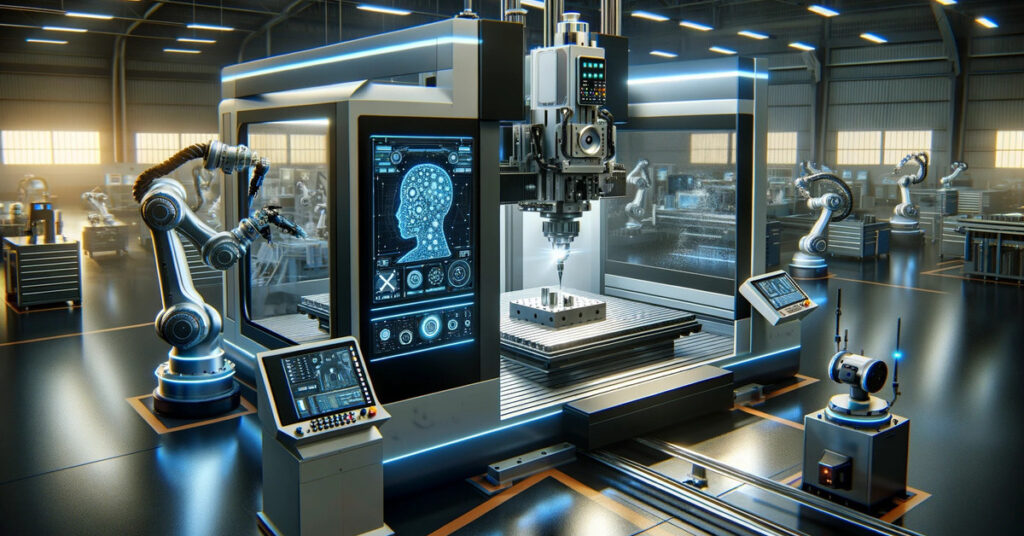
Cost-Saving Tips for CNC Machining
1. Optimize Design for Machining
• Reduce unnecessary complexity in part design.
• Avoid deep pockets and sharp corners that require special tools.
2. Choose the Right Material
• Use cost-effective materials like aluminum instead of titanium.
• Consider plastic alternatives for non-load-bearing components.
3. Order in Bulk
• Larger production runs reduce setup costs per unit.
• Request batch pricing discounts from suppliers.
4. Compare CNC Service Providers
• Get multiple quotes from different machining shops.
• Check if suppliers offer cost-saving recommendations.
What If I Only Need a Prototype or a Small Batch?
If you’re a startup or product developer ordering just 1–10 pieces, here’s what you should know:
• Setup costs matter more—they’re spread over fewer units.
• Expect to pay $300–$1000+ per prototype, even if the part is small.
• Lead times can be longer—some shops prioritize larger orders.
• Online rapid prototyping services may offer better rates.
Advice: Be clear about your intent (prototype vs. production). Some shops will waive setup fees if they know a larger order is coming.

Conclusion
CNC machining is a high-precision process, and that precision comes at a cost. But with smart design decisions, material selection, and batch strategies, you can dramatically reduce your expenses.
With this knowledge, you’ll not only understand what drives CNC machining prices—you’ll be in control of them.



